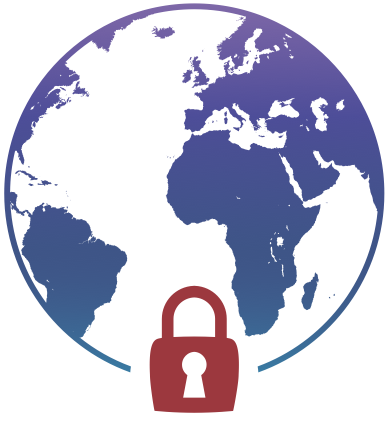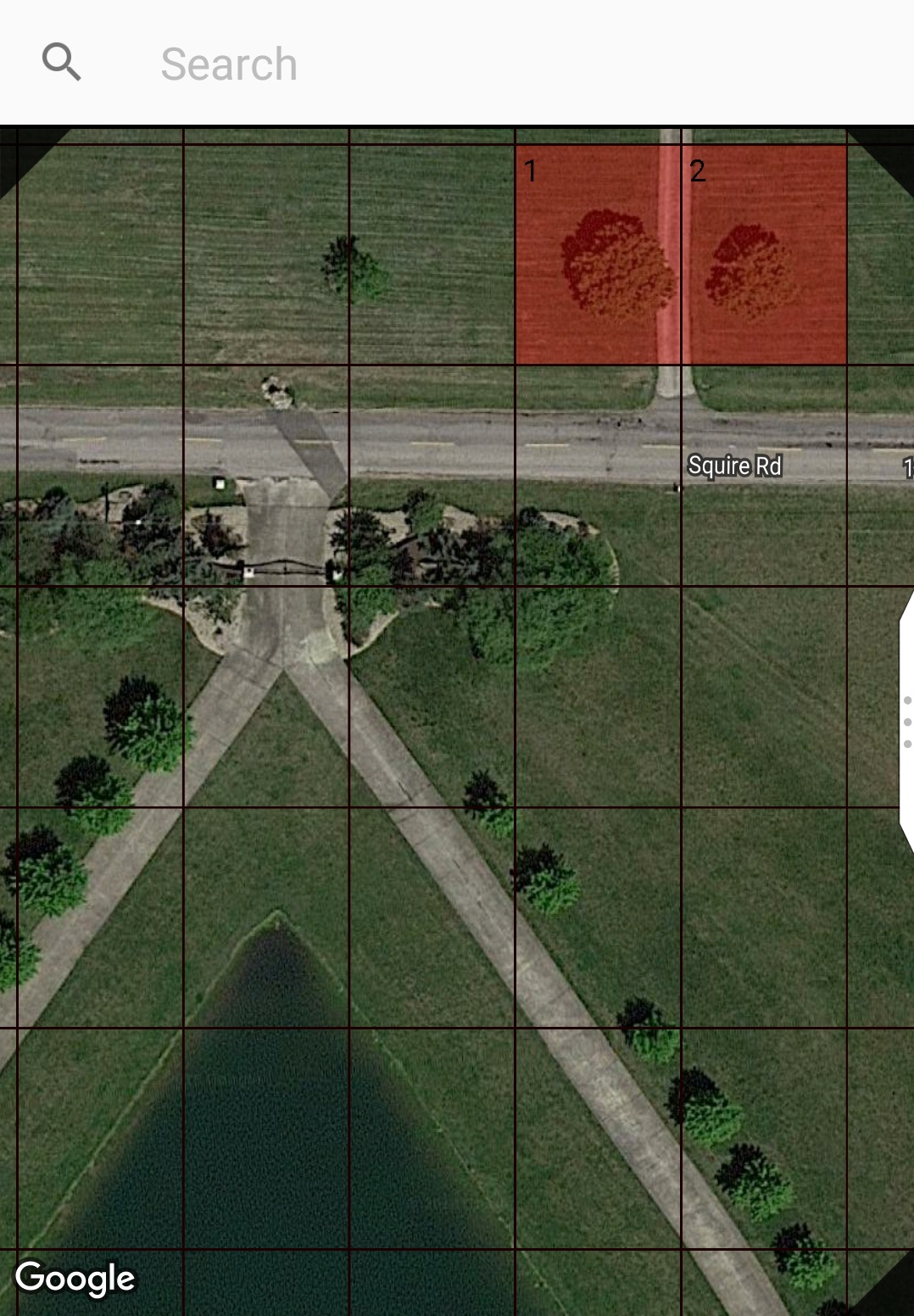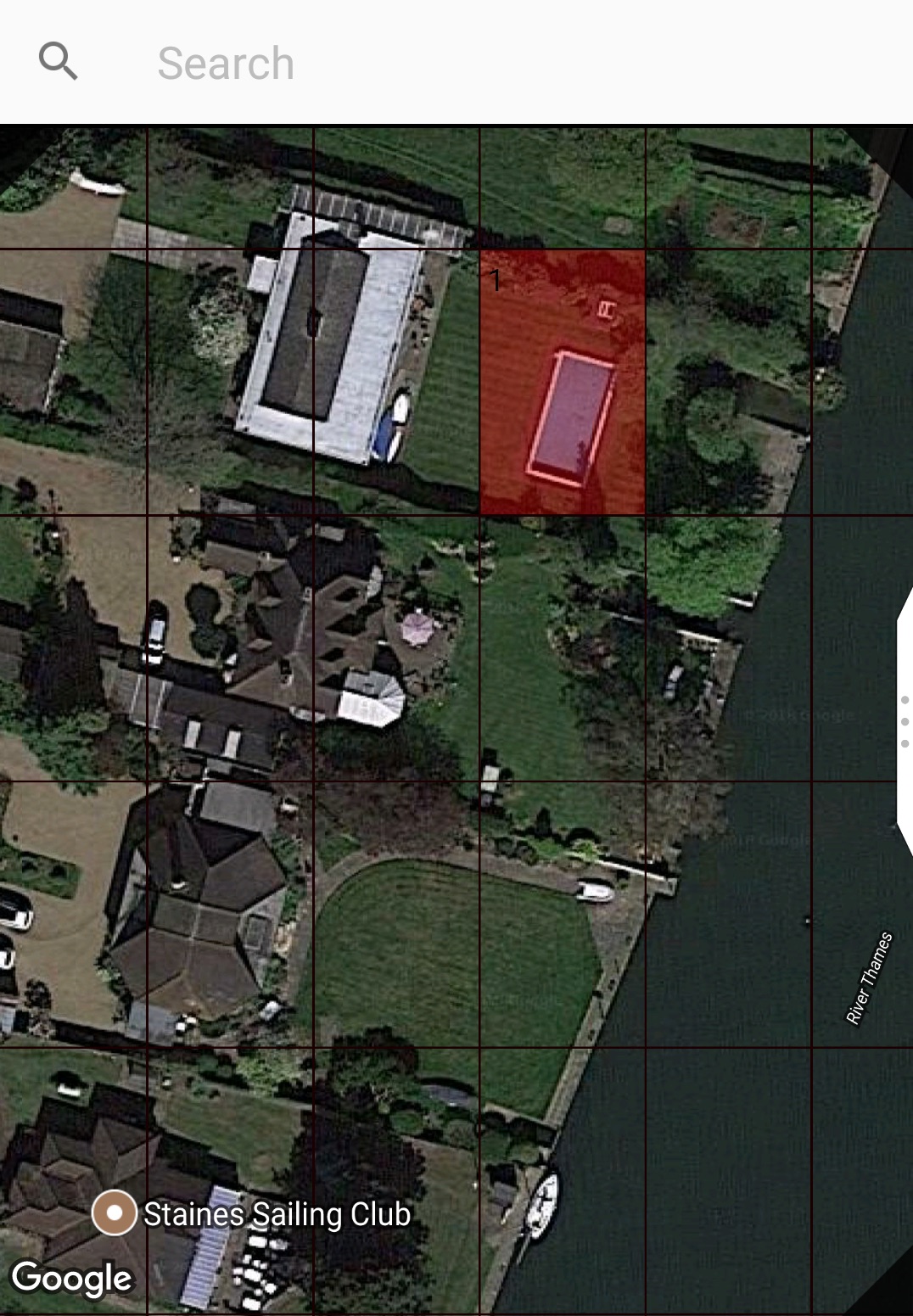The recent security breaches have proven that users are not very well protected using conventional passwords,
that is because people just don't like to memorize a long list of characters, which leads to many vulnerabilities that Passwhere mitigates.
| Vulnerability |
Conventional Passwords |
Geographical Passwords (Passwhere) |
Comments |
| Using passwords that are vulnerable to dictionary attacks |
Yes |
No |
Passwhere genereate random geographical passwords that are not based on words (or sequence of alphabets) that exist in a dictionary. |
| Using passwords that are short enough to be vulnerable
to brute-force attacks. |
Yes |
No |
Users pick short passwords because they are easier to remember, such limitation does not exist with geographical passwords, since they are based on memorable places. |
| Using the same password for different accounts |
Yes |
No |
The reasons to use the same password for different accounts does not exist in Passwhere, as users can remember only one place but generate many geographical passwords for different accounts. |
| Constructing a password using obvious information,
such as birthdays or addresses, making the password
easy to guess |
Yes |
No |
The extracted geographical characteristics of the locations selected are keyed-hashed. |
| Avoid changing the password according to a
recommended time interval. |
Yes |
No |
Changing a geographical password is easy, users can just pick another place, which will generate a completely new geographical password. Or keep the same geographical location, but change the password settings of the selected account. |
| In the event of changing a password, the new password
selected by the user is usually not very different from
the previous one. |
Yes |
No |
A location or password settings change will result in a completely different geographical password. |


